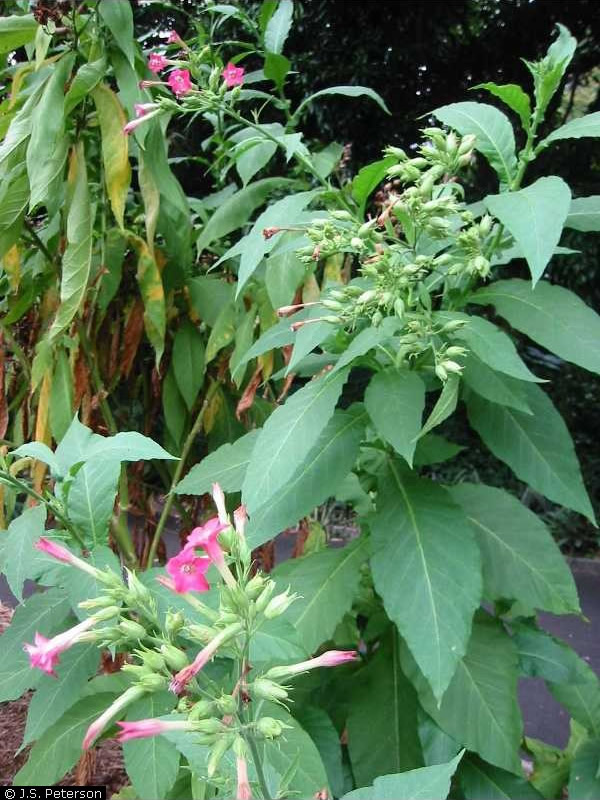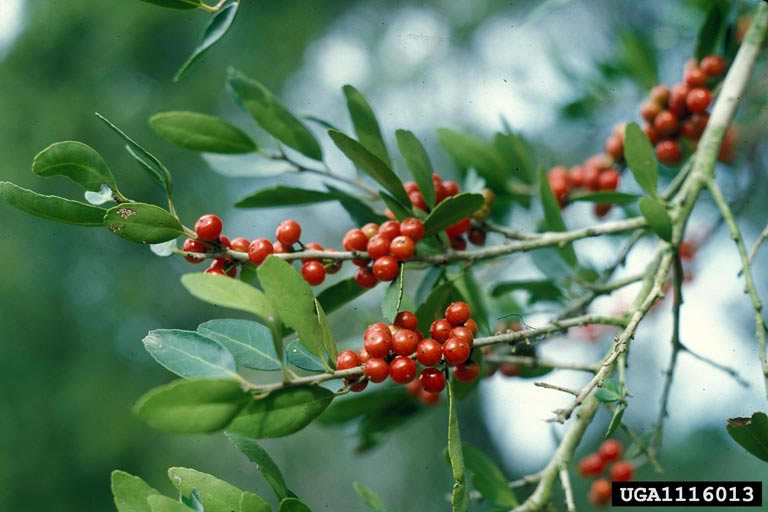Stimulants

Stimulants are compounds that enhance physical and stimulate mental activity, suppress hunger, pain, reduce fatigue, or increase euphoria. Other psychoactive plants and compounds in this group include cocoa, coffee, and tea (see Beverages).
Ephedra: Mormon Tea, Joint-Fir, Ma Huang
There are 40 known ephedra species distributed among the arid and semiarid regions of Asia, Europe, northern Africa, western North America, and South America. They can grow from sea level up to 5,000 meters high in the Himalayan and Andes mountains. An ancient group of plants, ephedras have been around for more than 250 million years and are more closely related to conifers than to flowering plants. Twelve species of Ephedra are found in North America, ranging from the southwestern United States to central Mexico.
Ephedra sinica, a Chinese species of ephedra (ma huang), contains the alkaloids ephedrine and pseudoephedrine. Ephedrine is an amphetamine-like compound that can powerfully stimulate the nervous system and heart. In 2004, the U.S. Food and Drug Administration (FDA) banned the sale of dietary supplements containing ephedrine alkaloids (ephedra) because such supplements present an unreasonable risk of illness or fatality.
Tobacco (Nicotiana Spp.)
Without doubt, anyone who has used tobacco is aware of nicotine’s stimulant and toxic properties. What they may not know is that among its many chemical compounds, the genus Nicotiana contains harmala and harmaline alkaloids, known hallucinogens. For thousands of years, shamans and Indians of the New World ritually used various tobacco species to gain spiritual insight into the causes of disease or illness. Shamans from Brazil’s Orinoco River region have been seen smoking three-to-five foot cigars during some of their ceremonies!
Currently, 76 to 90 species of the genus Nicotiana are known worldwide, the vast majority originating from the Americas. The Indians of South America were first to domesticate tobacco and discover the many ways of using it (e.g., snuff, smoke, chew as a tobacco quid, drink, etc.). Archeologists have found that Indians in the Americas cultivated at least 12 different species, Nicotiana tabacum and N. rustica being the most significant prior to European contact.
The spread of tobacco into North America is complex, but the unusual use of lime in chewing tobacco by the Haida and Tlingit Indians of the Northwest Coast is intriguing. Lime (or other alkali substances like ground up seashell ash) is an additive that has been used worldwide to enhance the psychoactive effect of a plant substance (e.g., betel, coca, etc.). Its use by the Haida and other northwest tribes may indicate that there was long-distance communication between North and South American groups.
The story of tobacco’s introduction into Europe is colorful and complex. Europeans are largely responsible for the worldwide spread of the secular use of tobacco since contact with the New World in the 1500s. It was first received as manna from heaven, a panacea for all the ills of the Great Plague, a killer of hunger pangs, and a cure for a plethora of diseases. Others considered its addictive nature to be the very smoke of hell itself.
Today, worldwide tobacco use is responsible for more than 5 million deaths per year according to the Center for Disease Control (CDC), including 1 in 5 deaths in the United States alone.
Ilex cassine: Cassina Tree, Black Drink Plant, Cassine, Southern Yaupon
Cassine (Ilex cassine) is a member of the holly family (Aquifoliaceae) native to the coastal swamps and waterways of the southeastern United States. This plant was sacred to the Florida Indians and other east coast tribes, most of whom traded it over long distances. It is closely related to and often confused with several other indigenous Ilex species from the same region including, Ilex vomitoria, which was similarly used.
Cassina (a name used by the early Spaniards) or yaupon leaves and shoots were used to make a “black drink” which was used ritually for the Green Corn Festival and other ceremonies. This stimulating drink contains substantial amounts of caffeine (and theobromine) making it strongly diuretic. The ingestion of the “black drink” in large quantities usually induced violent vomiting, an effect regarded as a purification act, by expelling contaminants from the body. It was so valued by the Cherokee Indians that one of the seven traditional clans was referred to as the “Blue Holly” clan.
Caffeine: Did You Know?
- Caffeine is considered the most widely used legal psychoactive substance in the world.
- The chief sources of caffeine in our diet are coffee, tea leaves, cocoa beans, cola, and energy drinks.
- In North America 90% of adults, consume some form of caffeine on a daily basis. There are more than 50,000 coffee shops nationwide.
- Coffee (Coffea arabica) is the second largest worldwide commodity after crude oil.
- Coffee is the most frequently consumed beverage in the world, with over 400 billion cups consumed each year. The coffee market earns over sixty billion dollars annually.
- The average annual per capita expenditure on coffee in the United States is $164.71 and coffee drinkers wait in line nearly 45 hours per year to buy that daily cup of coffee!
- The Boston Tea Party of 1773 first convened in a coffee house as a protest to high tea taxes levied by the British.
- Doctors at Johns Hopkins University have confirmed that true caffeine addiction can occur even when small amounts are consumed (corresponding to about one cup of coffee per day).
| Food or Drink | Caffeine Content (milligrams) |
|---|---|
| Coca-Cola (12 ounces) | 34 |
| Pepsi (12 ounces) | 38 |
| Jolt soft drink (12 ounces) | 71 |
| Red Bull (12 ounces) | 80 |
| Mountain Dew (12 ounces) | 55 |
| Iced tea (12 ounces) | 70 |
| Black tea (6 ounces) | 70 |
| Green tea (6 ounces) | 35 |
| Brewed coffee (5 ounces) | 115 |
| Instant coffee (7 ounces) | 85 |
| Espresso coffee (2 ounces) | 100 |
| Dark chocolate (1 ounce) | 20 |
| Milk chocolate (1 ounce) | 10 |
| Cold medication (1 tablet) | 30 |











